Butterflies, with their vibrant wings and peaceful demeanor, symbolize transformation and the ephemeral nature of life. However, their delicate existence is constantly under threat from a variety of predators that find these fluttering beauties an irresistible snack. This reality might stir a sense of urgency among those who cherish these colorful insects and strive to create safe havens for them. Understanding the adversaries butterflies face is crucial in efforts to protect them. Here’s a list of 15 animals that prey on butterflies, highlighting the challenges these insects face simply trying to survive.
1. Birds
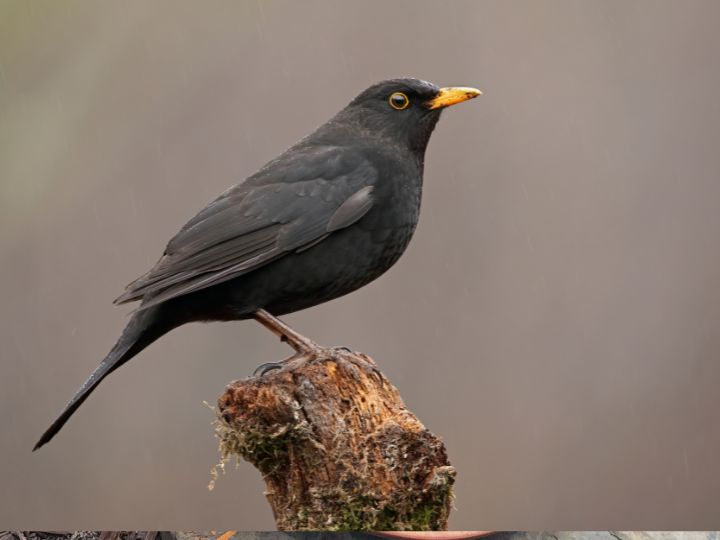
Birds are among the most common predators of butterflies. Species such as sparrows, swallows, and robins can easily snatch butterflies from the air or plants. Birds rely on their keen vision to spot butterflies, despite their camouflaging colors and patterns. Creating butterfly-safe zones involves planting dense shrubbery where butterflies can hide and including plants that cater to birds’ needs, potentially distracting them from their fluttery targets.
2. Spiders
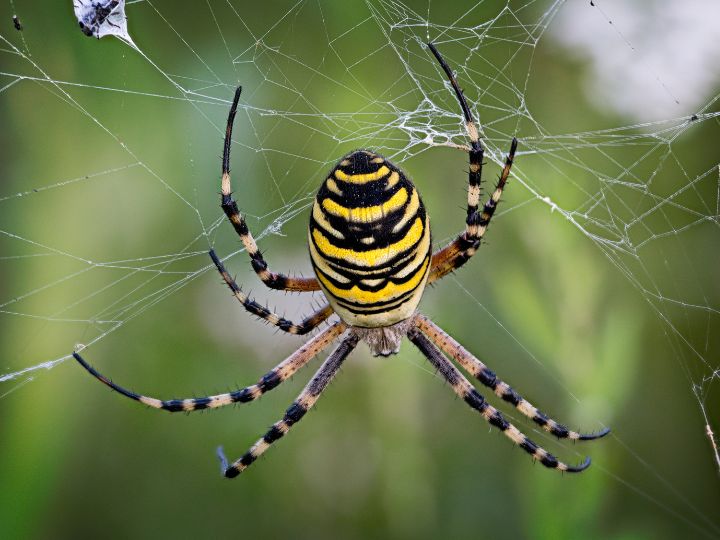
Spiders use their webs to capture unsuspecting butterflies. The sticky strands of a spider’s web are almost invisible to butterflies until it’s too late. Even if a butterfly lands gently on a web while seeking nectar, it can quickly become entangled. Encouraging a diverse ecosystem in your garden can help manage spider populations, ensuring that they contribute to its health without decimating butterfly numbers.
3. Wasps

Wasps are formidable predators of butterflies, attacking them in various stages of their lifecycle. Some wasps will target caterpillars, while others attack adult butterflies, either consuming them or feeding them to their larvae. Promoting a balanced garden ecosystem can help keep wasp populations in check, protecting vulnerable butterflies and caterpillars.
4. Ants
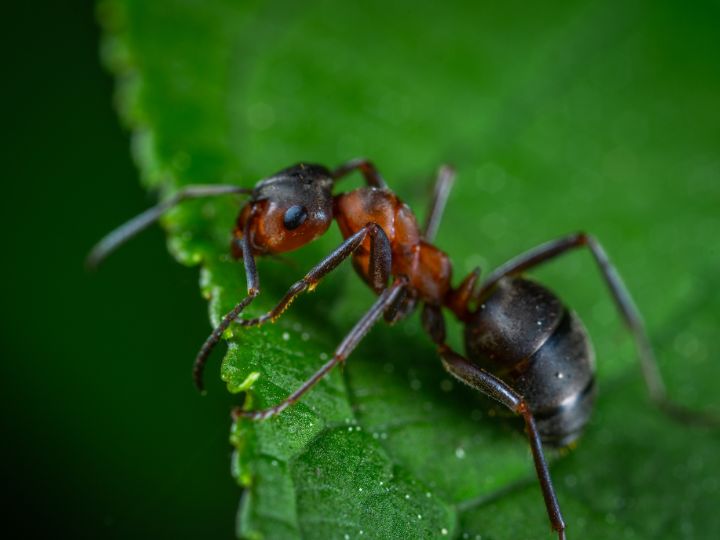
Ants are opportunistic feeders that will attack butterfly eggs and larvae. Their small size allows them to invade nests and consume the contents. Minimizing ground litter and addressing ant infestations promptly can help protect butterfly populations right from the start of their life cycle.
5. Praying Mantises
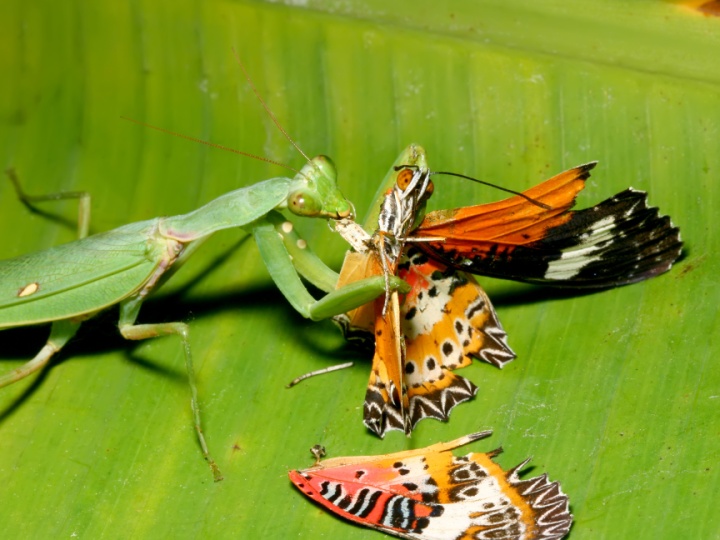
The praying mantis is a skilled hunter, capable of catching and consuming butterflies with its strong, rapid arms. Mantises rely on their camouflage to ambush butterflies, striking with lethal accuracy. While mantises are beneficial for controlling other pests, their presence can pose a significant threat to butterfly populations.
6. Frogs
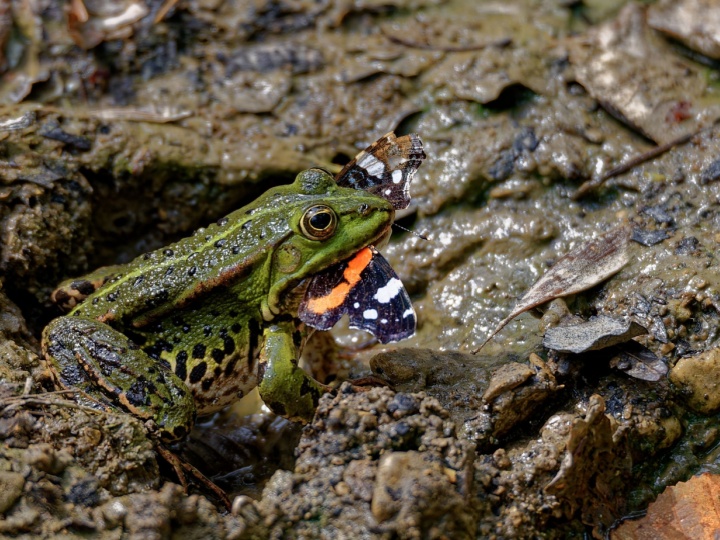
Frogs, with their sticky tongues, are adept at catching butterflies. They wait patiently for a butterfly to come within range before striking. Creating habitats that cater specifically to butterflies, such as butterfly bushes placed away from frog-friendly ponds, can help reduce encounters between these predators and their prey.
7. Lizards

Lizards feast on butterflies by ambushing them on plants. Their quick movements and camouflage skills make them efficient hunters. Providing safe areas for butterflies to feed and rest, away from known lizard habitats, can help shield them from these reptilian predators.
8. Bats

Bats hunt at night, using echolocation to detect and capture nocturnal butterfly species. Although less common, nocturnal predation by bats can significantly impact butterfly populations. Encouraging bat populations to focus on other food sources through the installation of bat houses can help divert their attention from night-flying butterflies.
9. Dragonflies
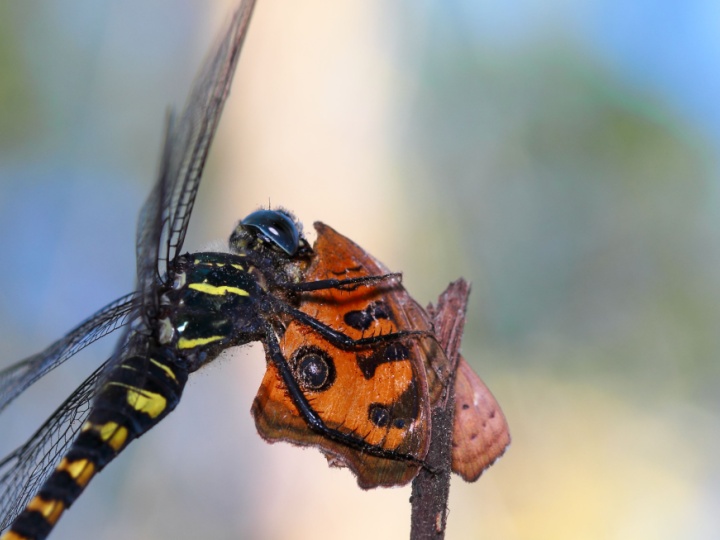
Dragonflies are agile fliers capable of catching butterflies mid-air. Their predatory efficiency is remarkable, but they tend to focus on smaller, more manageable prey. Maintaining a diverse insect population can help keep dragonflies occupied with other food sources.
10. Rats

Rats may not be the first predator that comes to mind, but they will consume butterfly larvae and pupae if given the opportunity. Keeping your garden clean and rodent-free is crucial for protecting the developmental stages of butterflies.
11. Mice

Similar to rats, mice pose a threat to butterfly eggs, larvae, and pupae. They are particularly drawn to ground-level nests where they can easily access these stages. Proper garden hygiene and rodent control measures are essential to safeguard butterflies from mice.
12. Beetles
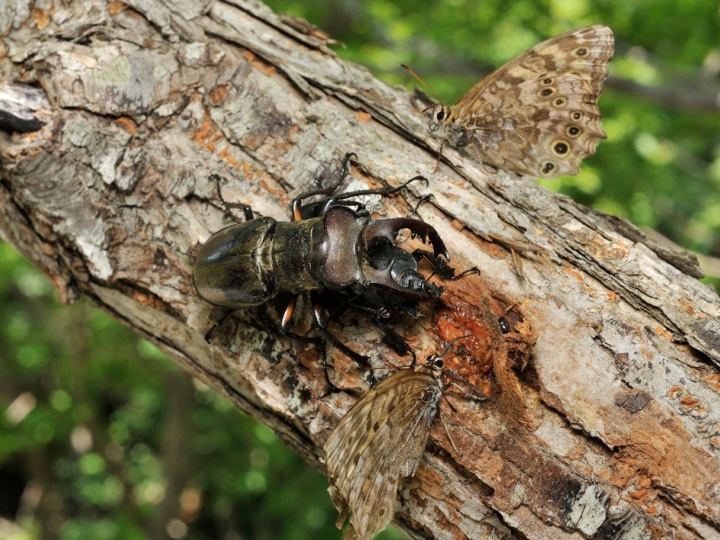
Certain beetle species prey on both adult butterflies and their larvae. Beetles can be particularly destructive in large numbers, consuming eggs, larvae, and even attacking adult butterflies. Promoting natural beetle predators and maintaining garden health can mitigate their impact.
13. Flies

Some flies, especially those in the parasitoid category, lay their eggs in or on butterfly larvae. Once hatched, the fly larvae consume the host from the inside. Encouraging a balanced ecosystem that includes fly predators can help control their populations and protect butterflies.
14. Squirrels

While not common predators, squirrels have been known to eat butterflies if they catch them. Their main threat is to the chrysalises which they might disturb or consume. Minimizing attractions for squirrels near butterfly habitats can reduce this risk.
15. Turtles

In some environments, turtles might consume butterflies, particularly when they are near water sources where butterflies come to drink. Creating safe drinking spots for butterflies away from turtle habitats can help minimize these encounters.
Protecting butterflies involves more than just planting their favorite flowers. It requires a comprehensive approach that considers the myriad of predators they face. By fostering a balanced ecosystem and taking specific protective measures, we can help ensure these symbols of beauty and transformation continue to thrive in our gardens and beyond.
Becky is a fervent wildlife enthusiast and pet care expert with a diploma in canine nutrition. Her love for animals stretches beyond the domestic, embracing the wild tapestry of global fauna. With over a decade of experience in animal welfare, Becky lends her expertise to OutlandishOwl through insightful articles, captivating wildlife information, and invaluable guidance on pet nutrition. Her work embodies a deep commitment to understanding the intricate lives of animals and a passion for educating others on sustaining natural habitats. Becky's hands-on conservation efforts and her knack for translating complex dietary science into practical pet feeding tips make her an indispensable voice for creatures great and small.




